Cabo Blanco National Park is one of the most important and emblematic parks in Costa Rica, located on the Nicoya Peninsula in the province of Puntarenas. Below is detailed information about this national park:
History and Creation
- Foundation: It was established on October 21, 1963, being the first national park in Costa Rica.
- Objective: The main purpose of the park’s creation was to protect the region’s flora and fauna, as well as to preserve its natural environment.
Location and Access
- Location: It is located at the southern tip of the Nicoya Peninsula.
- Access: The park can be reached through nearby towns such as Montezuma and Malpaís. From San José, the capital of Costa Rica, access is possible by taking a ferry to Puntarenas and then driving to the peninsula.
Geography and Climate
- Area: The park covers an area of approximately 1,270 hectares of land and 1,790 hectares of marine area.
- Climate: It has a tropical dry climate, with a dry season from December to April and a rainy season from May to November.
Flora and Fauna
- Vegetation: The predominant vegetation is tropical dry forest and rain forest. Notable species include the pochote, guanacaste, and mountain almond.
- Fauna: It is home to a diverse range of wildlife, including white-faced capuchin monkeys, howler monkeys, white-tailed deer, armadillos, iguanas, and a wide variety of birds such as toucans and parrots.
Main Attractions
- Trails: The park has several well-marked trails, with the most popular being the Swedish Trail and the trail to Cabo Blanco. These trails offer opportunities to observe wildlife and enjoy panoramic views.
- Beaches: The beaches within the park, such as Playa Cabo Blanco, are known for their scenic beauty and pristine condition.
- Viewpoints: There are observation points where visitors can enjoy stunning views of the Pacific Ocean and the rocky coast.
Activities
- Hiking: It is one of the main activities, allowing visitors to explore the various trails and observe the flora and fauna.
- Bird Watching: The park is an ideal place for bird enthusiasts due to the wide variety of bird species.
- Photography: The biological diversity and landscapes offer excellent opportunities for nature photography.
Conservation and Management
- Protection: The park is a strictly regulated protected area to minimize human impact and conserve its biodiversity.
- Environmental Education: Efforts are made to educate visitors about the importance of conservation and respect for the environment.
Cabo Blanco National Park is a natural treasure of Costa Rica, offering a unique experience for visitors seeking to connect with nature and explore one of the country’s richest and most diverse ecosystems.

0 Comments